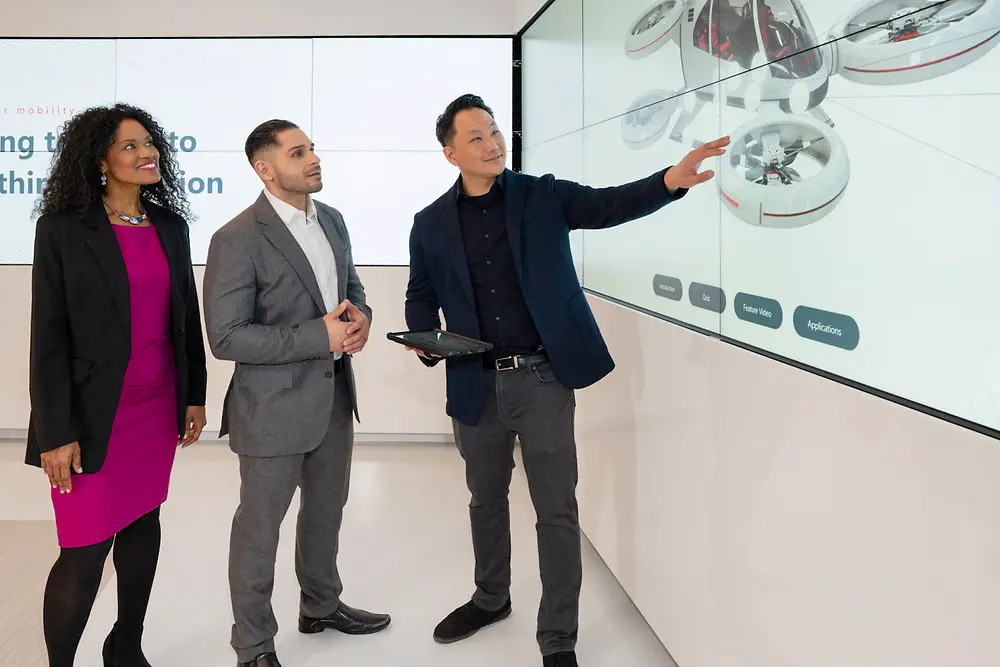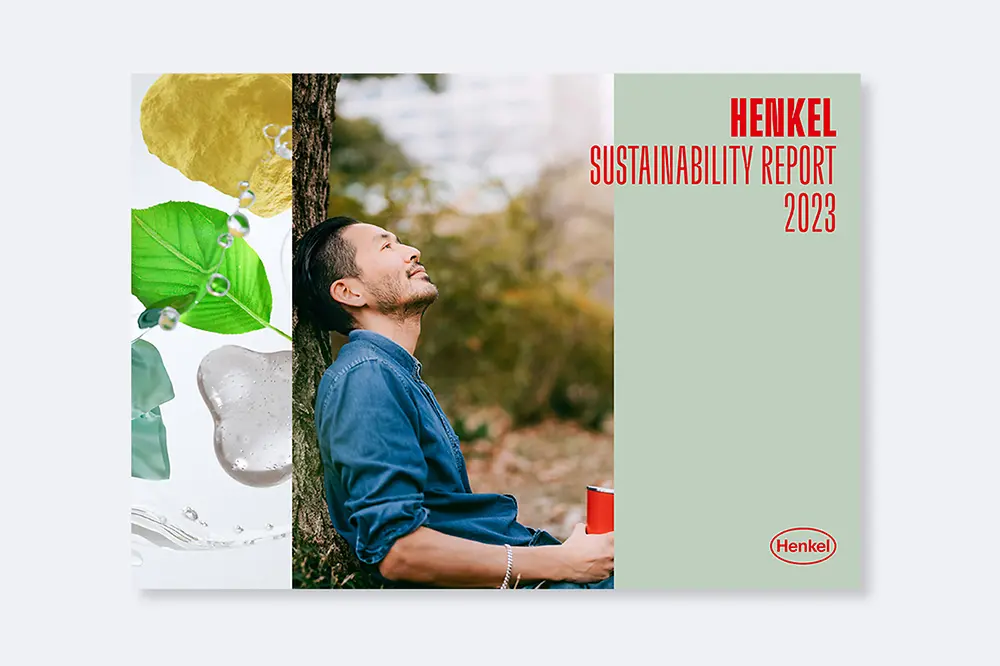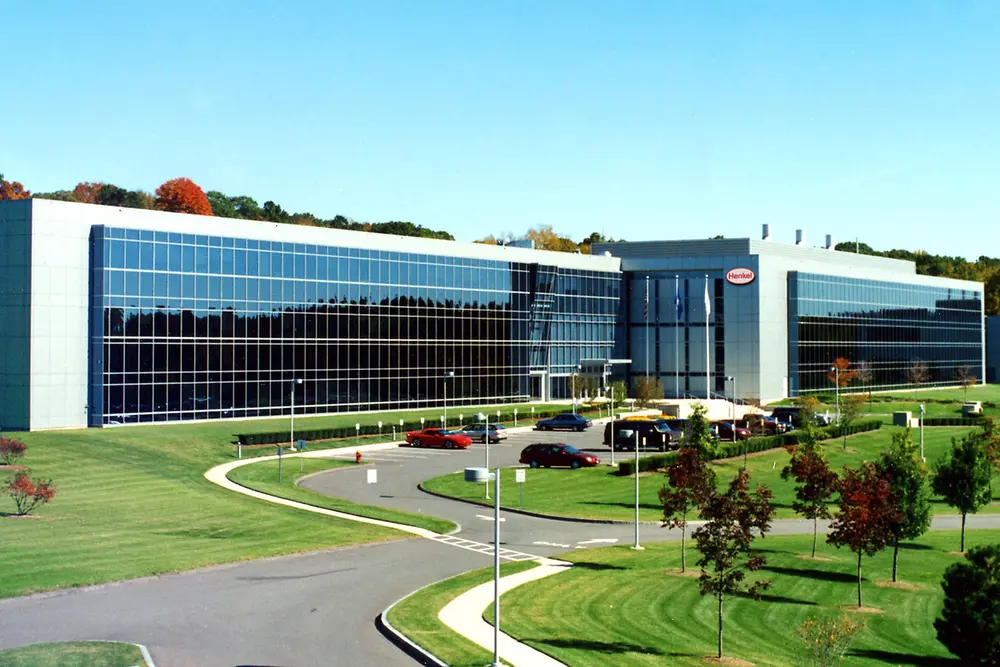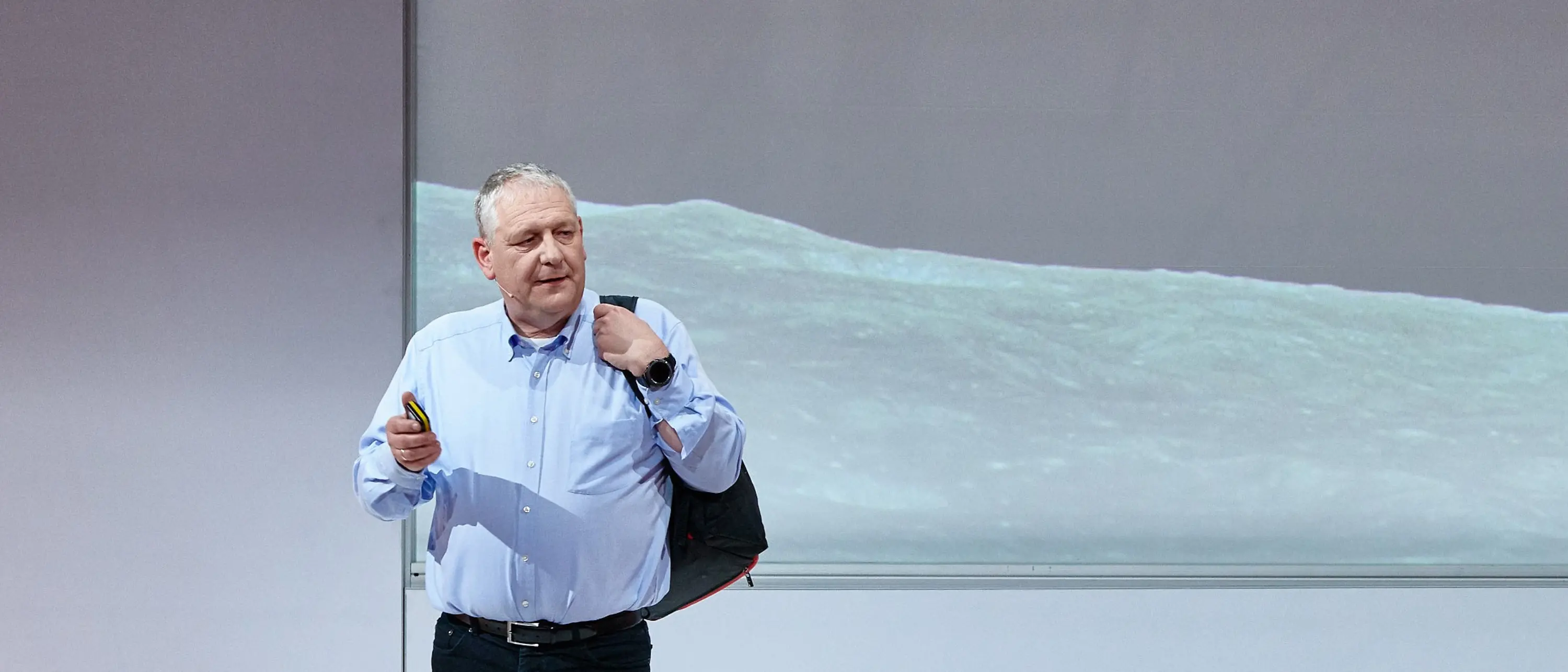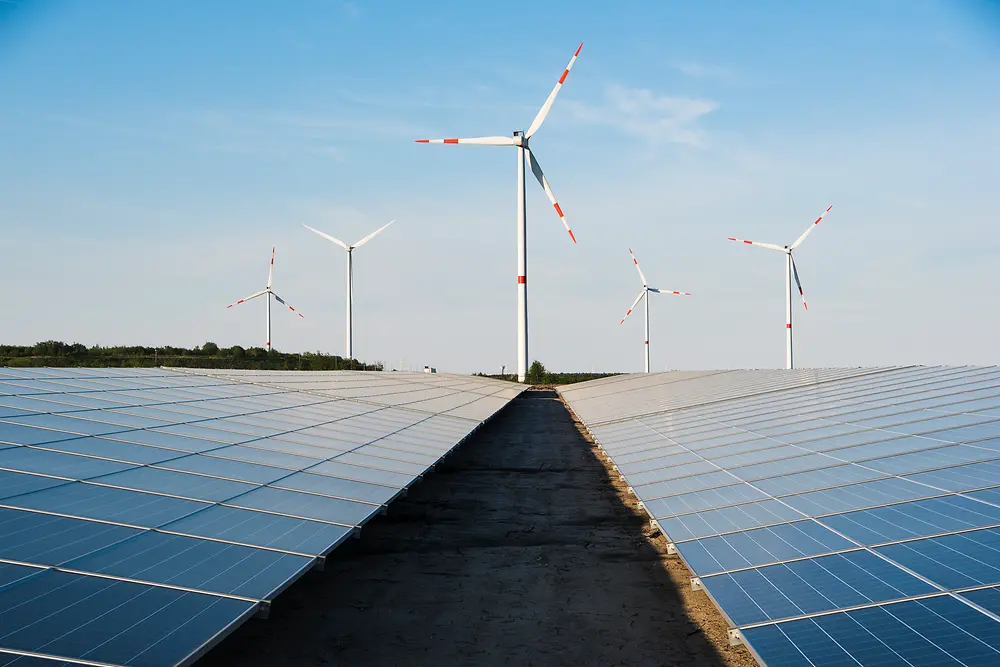Even as a small child, the universe delighted me. A fascination that gradually grew and eventually led me to study physics. The older I got, the more meaning I received from the universe and the earth – because it is the only planet that we all live on. When someone looks at everything on Earth, they realize how thin and fragile the atmosphere is. It protects us from UV rays and meteorites and is also responsible for our weather and climate. In the last few decades, we have experienced an enormous surge in emissions from carbon dioxide (CO2) and other greenhouse gasses that found their way into the atmosphere to the result of “global warming” and “climate change.”
Every one of us carries an ecological backpack. But what’s inside? All of our emissions that we collect daily. For example, through the use of products that aren’t made of renewable resources. However, we as private citizens, are not solely to blame for climate change. Manufacturers especially are very clearly responsible for the emissions that are in the atmosphere. If in the future, nothing changes and we don’t lighten our ecological backpack, we and particularly the following generations, will feel the ramifications: We must learn to live with extreme weather conditions, droughts or floods.
